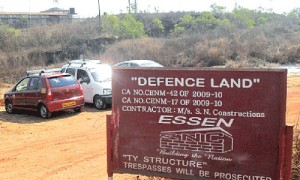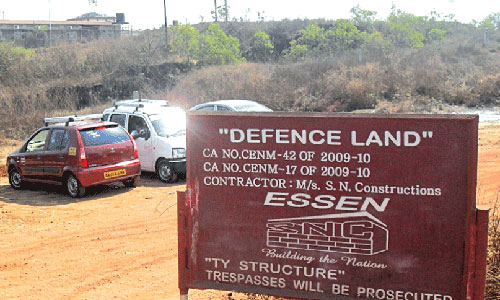 Track2Realty Exclusive: Kolkata stands out as a case study in land prices suddenly hitting northwards. It has defied the overall slowdown in the real estate sector and exorbitant land prices are pushing housing prices in Kolkata.
Track2Realty Exclusive: Kolkata stands out as a case study in land prices suddenly hitting northwards. It has defied the overall slowdown in the real estate sector and exorbitant land prices are pushing housing prices in Kolkata.
Land prices have gone up by more than 50 per cent in many plush localities, as demand remains steady and hardly any new townships have come up in urban and semi-urban areas in city fringes.
Three prominent government agencies involved in land deals in and around Kolkata-the Kolkata Metropolitan Development Authority (KMDA), Kolkata Municipal Corporation and West Bengal Housing Board-signed deals worth more than Rs 18,000 crore, for over 5,250 acres of land in little over two years. In fact, KMDA was credited with signing deals, worth more than Rs 800 crore with real estate developers on a single day.
The fundamental question here is if land deals are so exorbitant and hence few and far between, will the Land Acquisition Bill add to the cost of the land and make housing even more unaffordable?
Developers assert the condition requiring consent of 66 percent of land owners for Private and PPP projects, though better than 80 percent in original draft, will be strenuous for the industry. Percentage determination methodology is bound to send wrong signals to investors and increase litigations.
Navin Raheja, President, NAREDCO says in real estate sector, where acquisitions are generally through private negotiations with land owners/farmers at mutually settled rates, which is much higher than that suggested in the bill, the landowners will be at disadvantage, if the bill is implemented in the given form.
Controversial provisions in the Land Acquisition bill like acquisition of urban land at twice the market rate, rural land at four times the market rate and consent of 66 percent of landowners, necessary to proceed with the acquisition, are bound to increase land cost for business and increase protest for fair compensation.
“Keeping in view the expected growth in urban population to 577 million by 2030 and requirement of around 38 million houses, mainly for EWS and LIG households, there was a need to keep land for group housing projects and new townships under the head ‘Public purpose’ and exclude them from Rehabilitation and Resettlement requirements Bill, in its present form, will lead to substantial increase in acquisition cost of land, thereby, increasing the cost of urban housing. Reservation of 20 percent of developed land for land owners will also add to housing cost substantially. In our opinion, market value at negotiated cost, especially for housing projects would have been better option for all concerned,” says Raheja.
Lalit Kumar Jain, CREDAI President wonders about the effect of paying twice or four times the market value in compensation towards Land acquisition. The acquisition will prove to be a costly affair if the guideline or ready reckoner rates are true to the market value. But if the rates are very low, like 10 per cent of the market value in some cases, the farmers will not be satisfied. Also, the rehabilitation liabilities are huge.
“One solution could be acquisition through a negotiation route. The farmer can get some portion of developed land or/and one time settlement cost without commitment of any future liability. We are not sure about the success or otherwise of the provision for liability on part of the buyer like compensating land owner for land value appreciation. The Gujarat experiment of negotiation-based land acquisition mechanism has worked well,” says Jain.





